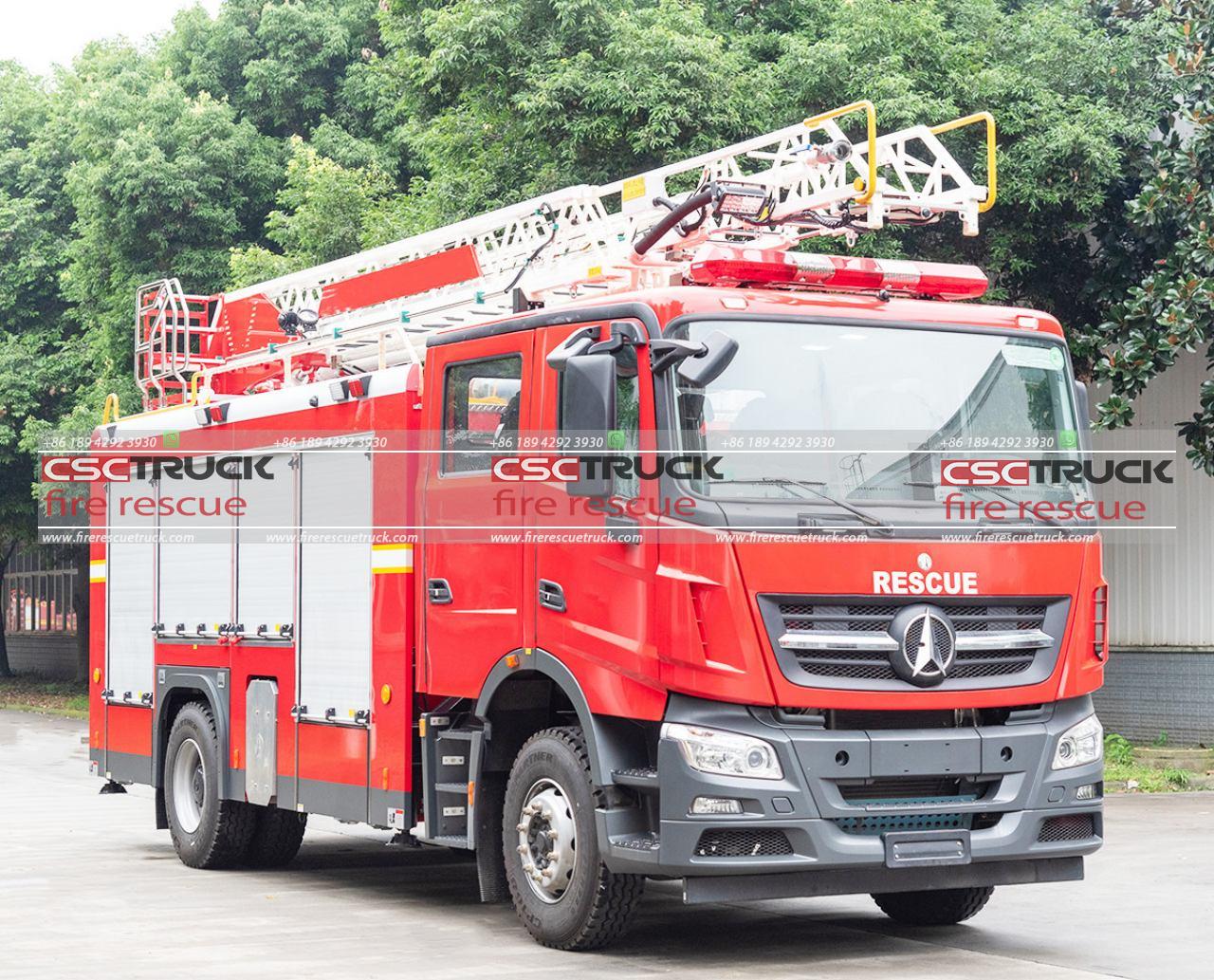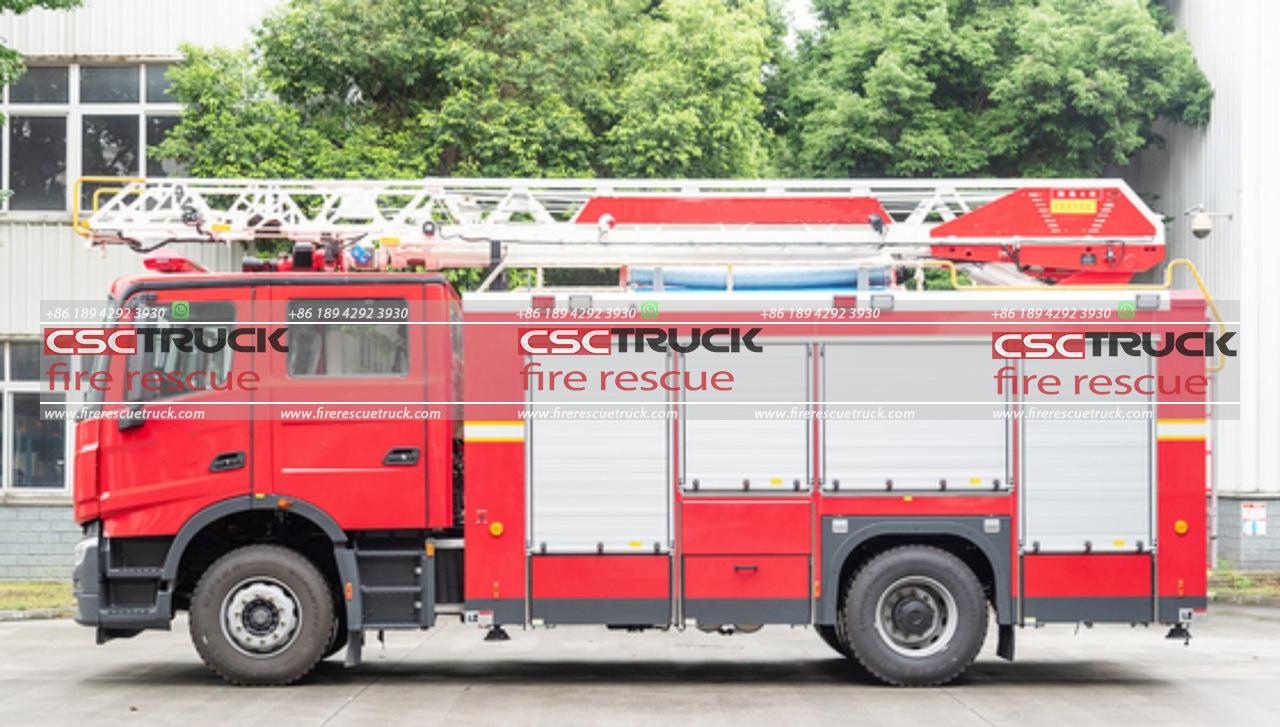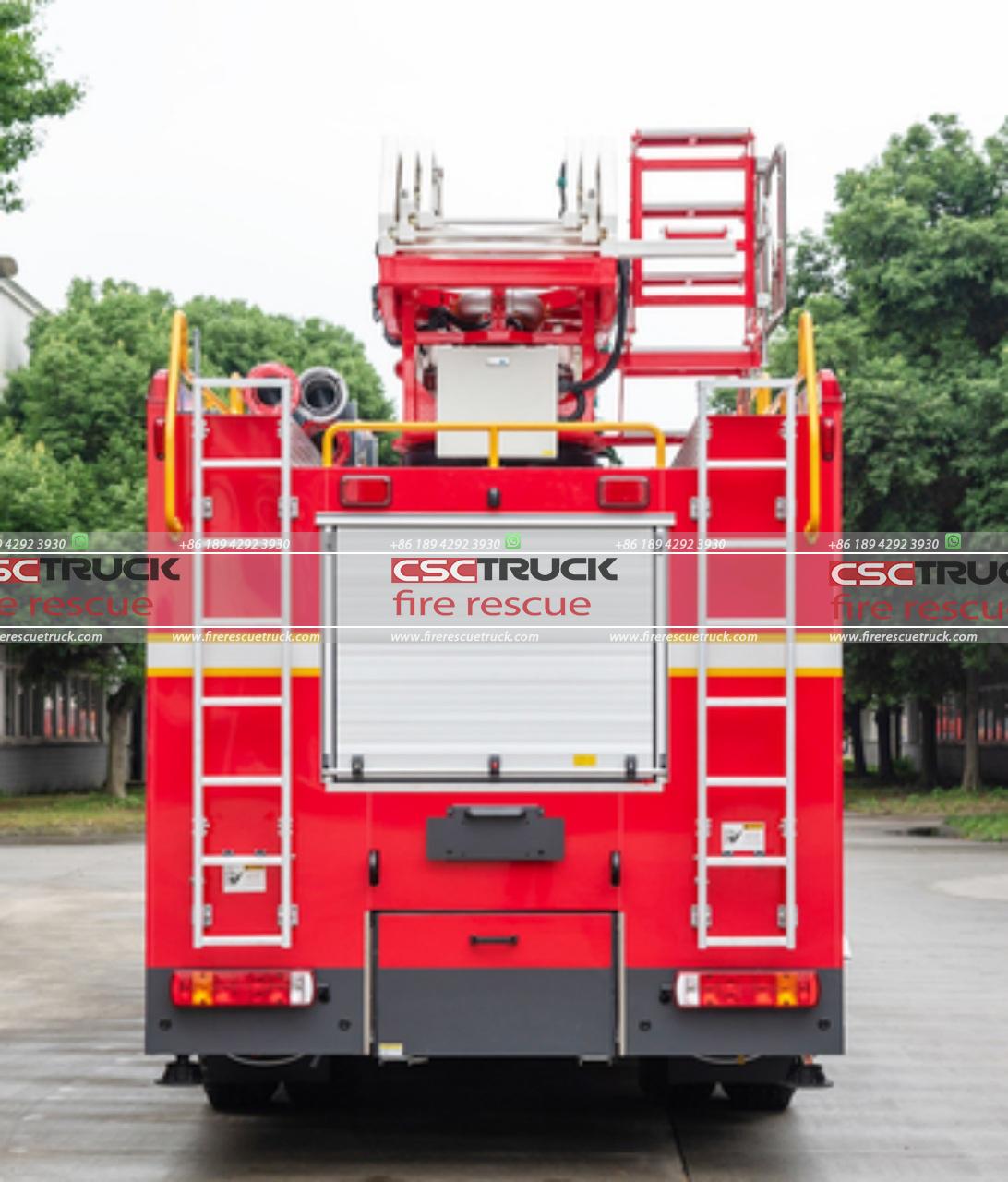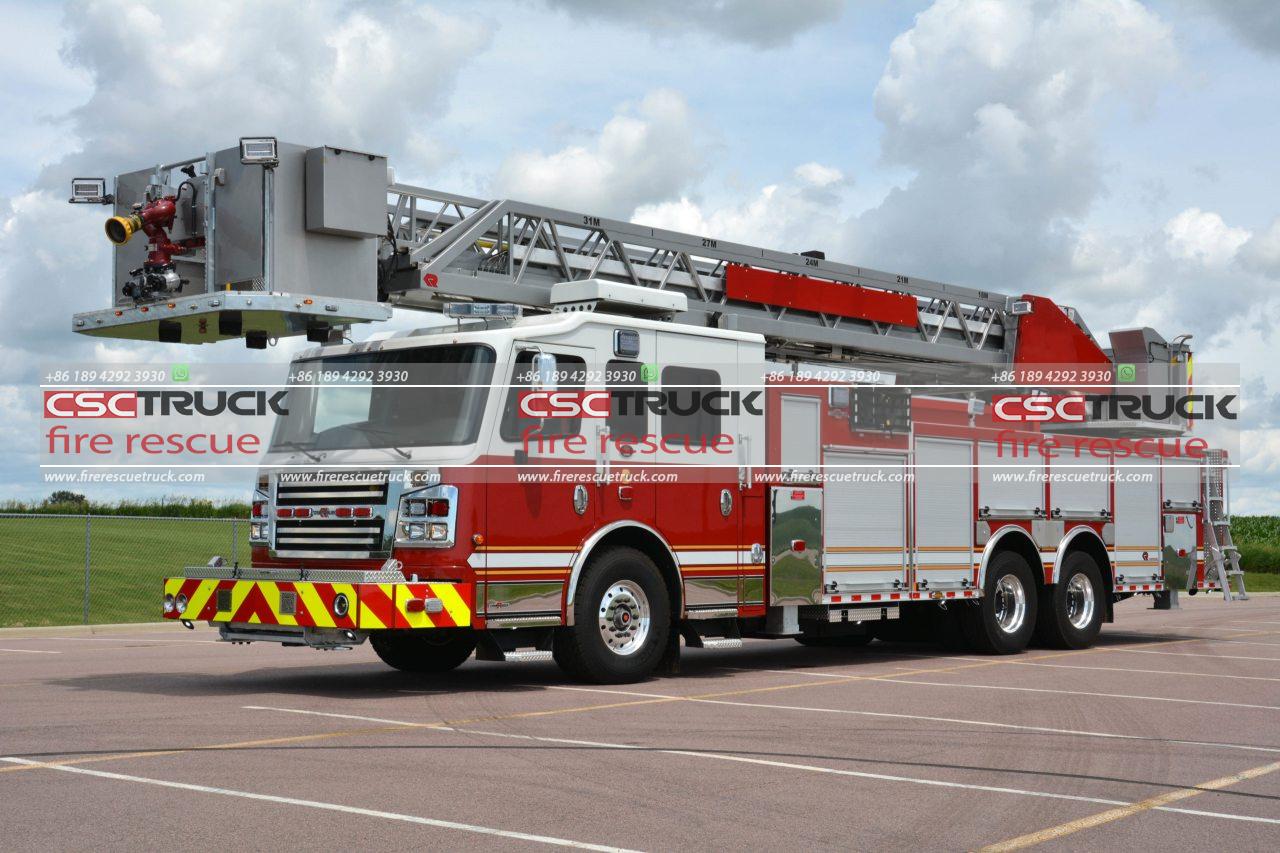Should I Have a Fire Ladder?
When it comes to fire safety at home, most people think about smoke detectors, fire extinguishers, or having an escape plan. Yet, one crucial element that often gets overlooked is the fire ladder. For those living in multi-story homes, apartments, or buildings, a fire ladder could be a vital tool in an emergency. But the question remains: Should you have a fire ladder? Let’s explore why you might need one, the different types available, how to use them, and safety considerations to keep in mind.
Why Consider a Fire Ladder?
A fire ladder provides a safe way to exit a building if primary exits, such as doors or ground-level windows, become inaccessible due to fire or smoke. Most fires start in common areas like the kitchen or living room, and if they spread quickly, they can cut off access to stairways or front doors, leaving you trapped on upper floors. This is where a fire ladder becomes invaluable, offering an alternative escape route from higher levels, typically through a window.
Here are several reasons to consider a fire ladder:
1. Increases Chances of Survival: Fires can spread within seconds. The speed at which you exit the building can mean the difference between safety and severe injury. A fire ladder allows for a quick escape, especially if the main exit is compromised.
2. Peace of Mind: Having a fire ladder gives you peace of mind, knowing that you have a secondary escape route. If you live with young children, elderly family members, or individuals with limited mobility, this could add an extra layer of security.
3. Avoiding Smoke Inhalation: Smoke is often more dangerous than flames, and it can rapidly fill a home, particularly on higher floors. Being able to leave through a window and down a fire ladder can help you avoid smoke inhalation by exiting directly outdoors.
4. Recommended by Fire Safety Experts: Many fire departments and safety organizations recommend having a fire ladder for homes with upper floors. Even in cities with prompt fire response teams, having a quick escape method in the initial moments of a fire is critical.

Types of Fire Ladders
There are 2 main types of fire ladders available: permanent and portable. Each has its advantages and limitations, and the best choice depends on your home’s structure and personal needs.
1. Permanent Fire Ladders:
– These ladders are fixed installations, typically attached to the exterior of a building.
– Permanent ladders are commonly used in commercial buildings, but they can be installed in residential settings too.
– They are durable, quick to access and allow for hands-free descent.
– However, they require a professional installation and are often more costly than portable options.
2. Portable Fire Ladders:
– Portable fire ladders are retractable, lightweight ladders designed for residential use. They are typically stored in bedrooms and can be quickly deployed.
– These ladders are usually made of metal or heavy-duty materials that can support significant weight.
– Most portable ladders attach to a window sill or frame, allowing you to climb down to safety.
– Portable fire ladders are more affordable, require no installation, and can be stored away when not in use.
– However, they require some practice to use effectively, and not all are suitable for large buildings or buildings with unique architectural features.
Key Considerations When Choosing a Fire Ladder
Choosing the right fire ladder involves considering a few critical factors to ensure it meets your specific needs.
1. Weight Capacity: Make sure the ladder can support the weight of the heaviest person in your household, as well as any additional items that might be carried during the evacuation, such as a small child or a pet.
2. Length and Reach: Measure the distance from your upper-floor window to the ground to choose the right length. Most fire ladders are designed for a 2- or 3-story descent, so ensure you select one that fits your building height.
3. Ease of Use: In a fire emergency, time is critical. The ladder should be quick and simple to set up, even under stressful conditions. Some ladders come with features like anti-slip rungs or stabilizers to ensure they stay in place.
4. Storage and Accessibility: Store your fire ladder in an accessible location near the escape window. Many ladders are compact and can fit under a bed or in a closet. Check that everyone in your household knows where it is stored and can retrieve it easily.
5. Practice Use: The ladder should be easy enough for each household member to use comfortably. Practicing how to set up and use the ladder, even a few feet off the ground, is essential so that you’re prepared during an actual emergency.
6. Quality and Certification: Look for ladders that meet recognized safety standards, such as UL (Underwriters Laboratories) certification. High-quality ladders are usually more reliable and safer in emergencies.

How to Use a Fire Ladder Safely
Using a fire ladder might seem straightforward, but it’s essential to follow safety procedures to avoid injuries during evacuation. Here’s a step-by-step guide on using a portable fire ladder in an emergency:
1. Prepare the Window: Open the window fully and remove any obstacles, such as screens or shutters.
2. Position the Ladder: Hook the ladder over the windowsill or frame. Make sure it is secure before you start climbing.
3. Exit Feet-First: Climb out the window feet-first, keeping your body close to the building.
4. Descend Carefully: Once on the ladder, descend slowly and steadily. Avoid rushing, as panicking can increase the risk of slipping or falling.
5. Assist Others as Needed: If there are children or pets, carefully guide them down the ladder, and ensure they descend at their own pace.
Fire Ladder Maintenance
While fire ladders generally don’t require intensive upkeep, they should be periodically checked to ensure they’re in working order. Here are a few maintenance tips:
– Check for Rust or Damage: Examine metal parts for rust, bends, or other damage, especially if you live in a humid area where rust is more common.
– Test Deployment: Practice deploying the ladder occasionally to make sure it functions correctly. Be cautious not to overuse the ladder for practice, as it could wear down the structure over time.
– Keep It Accessible: Store the ladder in a place where it won’t be blocked or damaged by other items. Ensure everyone in the household knows where it is and how to deploy it.

Final Verdict: Should You Have a Fire Ladder?
The decision to have a fire ladder ultimately depends on your living situation and personal preferences. For households in multi-story homes or buildings, especially where other exit routes are limited, having a fire ladder could be an essential addition to a fire safety plan. It provides a practical and potentially life-saving escape route in situations where a quick evacuation is necessary.
Fire ladders are a relatively low-cost investment for the peace of mind they provide. While it’s only 1 aspect of a comprehensive fire safety strategy, a fire ladder can be invaluable in preventing injury and ensuring you and your loved ones have the best possible chance of escaping unharmed. If you live in a single-story home, a fire ladder may be less critical, but for anyone with an upper floor, it’s worth serious consideration.
Ultimately, a fire ladder can give you confidence in your fire safety plan and an extra measure of preparedness, empowering you to act swiftly and calmly if the unthinkable happens.







